What to do, gas boiler blows out
Most often, people living in private houses have a problem that will be discussed in the article. Naturally, it must be fought. First you need to understand the sources of the defect.
The content of the article
Why does a gas boiler blow out in the wind?
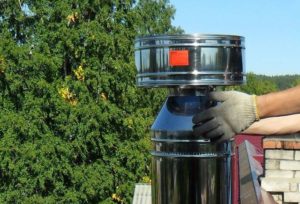 What to do if the gas boiler is blown out by the wind? Wind can enter through the air duct and extinguish the burner. But this is no reason to panic. It is necessary to identify the cause and first make a diagnosis: this is what will be discussed in this article.
What to do if the gas boiler is blown out by the wind? Wind can enter through the air duct and extinguish the burner. But this is no reason to panic. It is necessary to identify the cause and first make a diagnosis: this is what will be discussed in this article.
REFERENCE! The most unpleasant thing that can happen is a decrease in the temperature in the room or a malfunction of the device.
The boiler blows out for other reasons
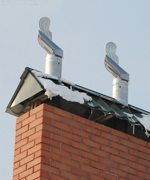 It is clear what to do if the boiler is blown out by the wind through the pipe. But there are many other options for the origin of the problem. Let's take a closer look at each of them:
It is clear what to do if the boiler is blown out by the wind through the pipe. But there are many other options for the origin of the problem. Let's take a closer look at each of them:
- Ice on the head. During frosts in winter, it may be that an ice crust covers the ventilation outlet in the heating device. And, naturally, such formation creates an obstacle to air circulation. Due to the cessation of access to the air mass, the boiler will certainly go out.
- Low gas pressure or poor quality. This mainly occurs due to a malfunction of the entire system. However, there are other reasons.For example, if uncharacteristic sounds and noises are made, this means the gas meter is not functioning properly. Therefore, the required fuel flow is not passed through. To make sure of this, it is recommended to check the condition of the entire mechanism. In addition, the sensor that monitors temperature and leakage may break down. Due to the activation of gas analyzers, the boiler may also go out. Another reason could be waste of gas, leading to a significant decrease in pressure. As a result, the tightness of the connections is gradually destroyed.
- Pipe burnout. Of course, if the quality of the product deteriorates, an unwanted hole appears. With its help, air penetrates into the system, which significantly impairs the operation of the entire device.
How to solve a chimney problem
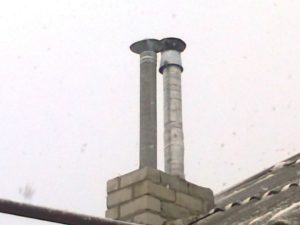 What to do if the boiler blows out through the chimney? The solution will depend on the type of fault.
What to do if the boiler blows out through the chimney? The solution will depend on the type of fault.
- To avoid icing, you will have to clean the entire structure, and then start insulating the chimney pipe.
- If you notice a characteristic odor, you should dilute the soap solution. And use it and a sponge to wipe all possible connections. If bubbles form after the procedure, you should immediately call a special team, as this means there is a leak. This usually happens at minimum gas pressure.
- When holes form in the pipe, it should be replaced. An old and burnt product will not be suitable for further action.
Special deflector: fixing the problem
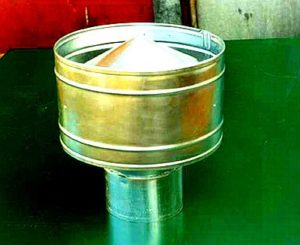 In addition to the methods described above, there is another universal method. It is recommended to install a special unit - a deflector, which prevents wind mass from entering the hole.Its operating principle is quite simple: air is dispersed when it is directed into the pipe. This reduces the wind power.
In addition to the methods described above, there is another universal method. It is recommended to install a special unit - a deflector, which prevents wind mass from entering the hole.Its operating principle is quite simple: air is dispersed when it is directed into the pipe. This reduces the wind power.
Therefore, if the boiler blows out, you will need a regular cone, which will bring excellent results. You can also purchase a special ring. Thanks to it, the air flow is broken, after which a vortex is created and its strength is lost. Accordingly, there is no back pressure, which means the gas burns out.
There are quite a lot of similar devices on the market, but they require an individual approach. Therefore, despite all the ease of use, it is better to contact the manufacturer to make an appropriate choice.
ATTENTION! It is important to remember that the instructions often specify the places in which the device should be installed. Typically these are areas on the leeward side of the structure.
Fighting backdraft
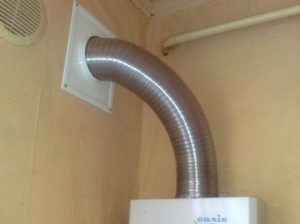 What to do if the boiler blows out in a strong wind? Another way is to create your own “traction break” design. It is characterized as a special zone that prevents the passage of air masses along the reverse path, that is, an obstacle appears. This is somewhat similar to the previous version, however, the device has the shape of a truncated cone.
What to do if the boiler blows out in a strong wind? Another way is to create your own “traction break” design. It is characterized as a special zone that prevents the passage of air masses along the reverse path, that is, an obstacle appears. This is somewhat similar to the previous version, however, the device has the shape of a truncated cone.
The owner must install it at the site of the chimney pipe rupture. Its narrow end is directed along the movement of hot air. The advantage of this design is the isolation of the flow, due to which its power is significantly reduced.
Before installing the device, you should consult a specialist to avoid adverse consequences.
Drawing conclusions, we can say that not every problem can be solved independently.In some situations, it is best to turn to professionals who can accurately diagnose the problem and provide assistance. Otherwise, if you do not handle the device correctly, you will have to buy new equipment.



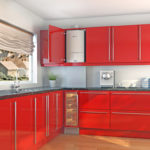
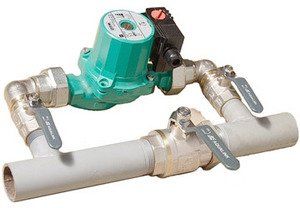
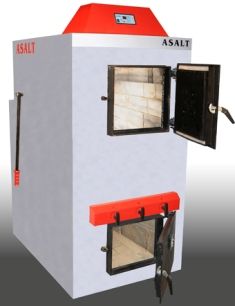
A lot and about nothing.
From my experience:
1) Installing a chimney on the roof from the ridge on the leeward side, even with a slope of 10% from the ridge, cannot be done! It will blow!, only 0.5 meters above the ridge!
2) An umbrella with several ventilation ducts, and even if it has a chimney, exclude it! You can release a separate head through the umbrella and preferably a deflector on it.
3) The air flow to the boiler must be sufficient (remember: 10 m3 of air is consumed for 1m3 of gas!) i.e. if there is no air pressure, there is no window, or it is very small, there will be problems. These are the main points, there are also minor ones in each specific case.